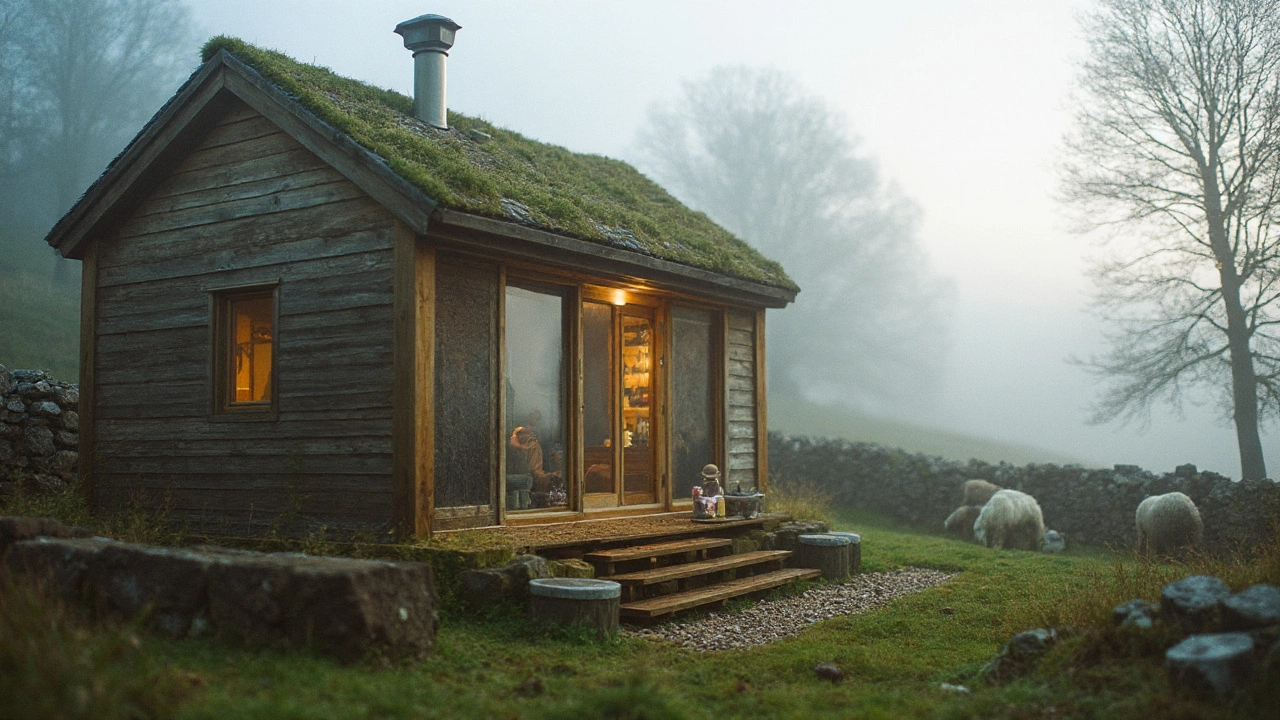Environmental Benefits of Tiny Homes
Ever wonder why tiny homes keep popping up on Instagram feeds and in eco‑forums? It’s not just the cute design – they actually do a lot for the planet. By shrinking the space you live in, you shrink the resources you need. Below you’ll find a quick guide on how going small can make a big difference for the environment.
Energy and Resource Savings
First up, energy use. A compact floor plan means you heat, cool, and light a much smaller volume. That translates into lower electricity bills and a smaller carbon footprint. Many tiny‑home owners add solar panels, which turn the roof into a mini power plant. Even without solar, the reduced square footage means a smaller furnace or air‑conditioner can keep the space comfortable.
Materials matter too. Building a tiny house usually requires less lumber, concrete, and steel than a conventional home. Some builders even use reclaimed wood or recycled metal, cutting down on landfill waste. Less material also means fewer emissions from manufacturing and transport.
Water consumption follows the same pattern. Smaller kitchens and bathrooms use less water per flush, and many owners install low‑flow fixtures to keep usage low. Some tiny homes are even hooked up to rain‑water collection systems, further easing pressure on local supplies.
Sustainable Lifestyle Perks
Living tiny forces you to think about what you really need. That mindset often leads to less junk, fewer fast‑fashion purchases, and a focus on durable, multi‑purpose items. The result? Less waste ending up in the trash and more space for things that truly matter.
Because tiny homes take up less land, they can be placed on smaller lots or even mobile platforms. This helps preserve undeveloped areas and reduces urban sprawl. When you park a tiny house in a community that shares resources – like shared gardens or car‑share programs – the environmental impact shrinks even further.
Finally, many tiny‑home dwellers adopt low‑impact habits out of necessity. Cooking smaller meals, growing herbs on a balcony, and biking instead of driving become second nature. Those habits add up, creating a ripple effect that benefits the whole neighborhood.
In short, tiny homes offer a practical route to lower energy bills, reduced material waste, and a greener lifestyle. Whether you’re looking to downsize, save money, or simply do your part for the planet, the environmental perks are hard to ignore.
How Tiny Houses Are Eco-Friendly: Real Benefits, Data, and Design Tips (2025)
Do tiny houses really help the planet? Get the data, trade-offs, and practical design moves that shrink energy, water, and materials-without shrinking your life.
- Sep, 13 2025
- 0 Comments
